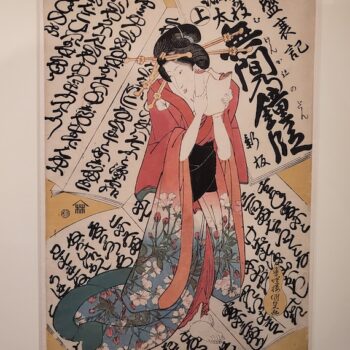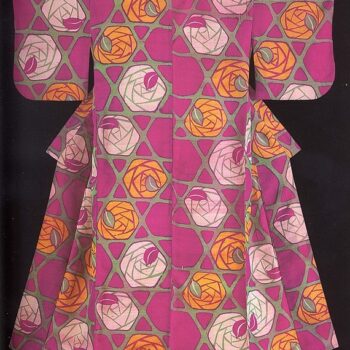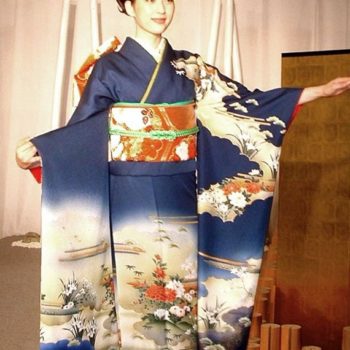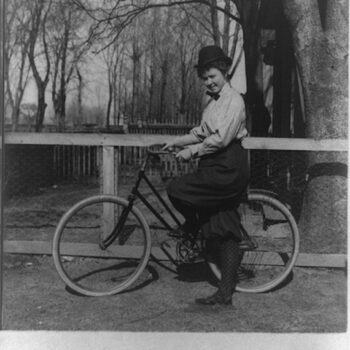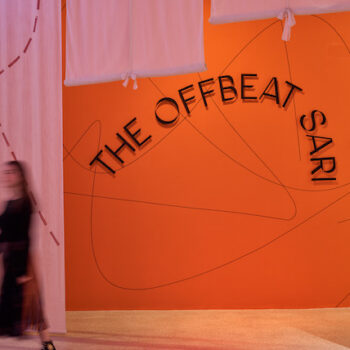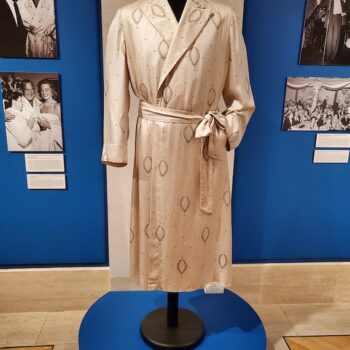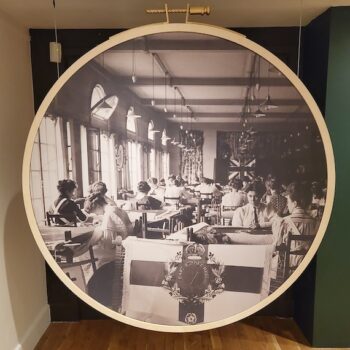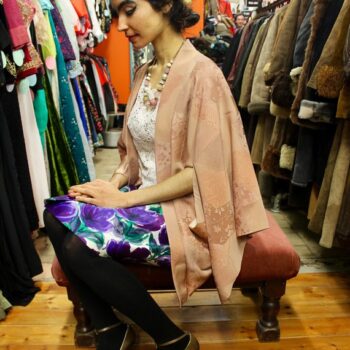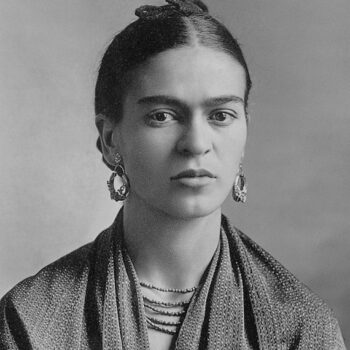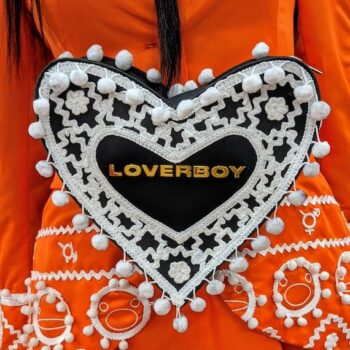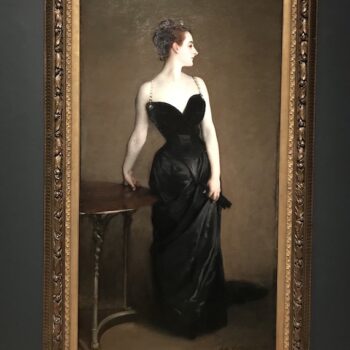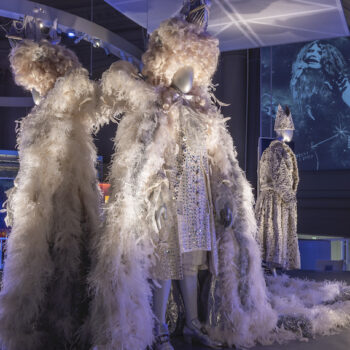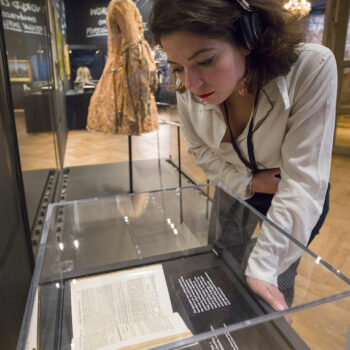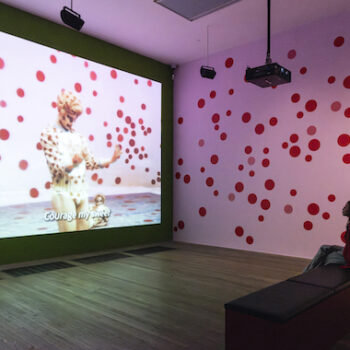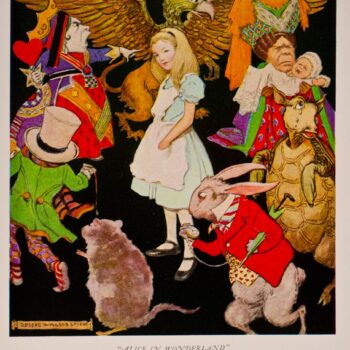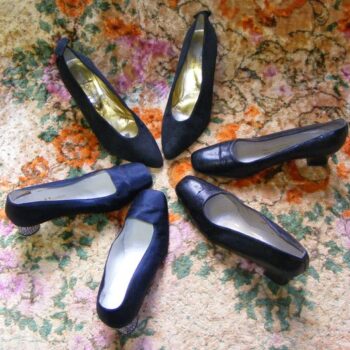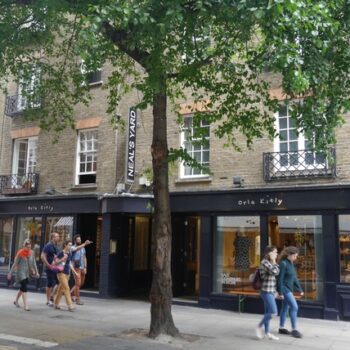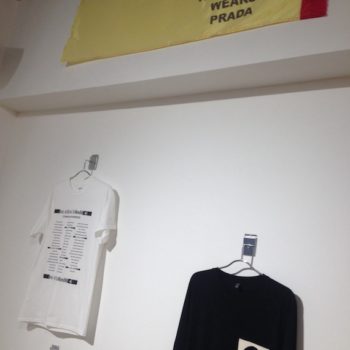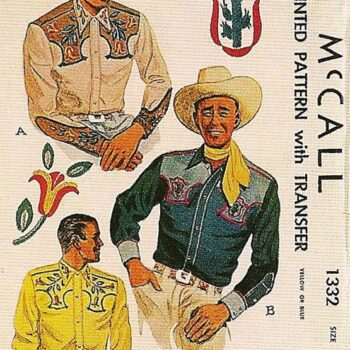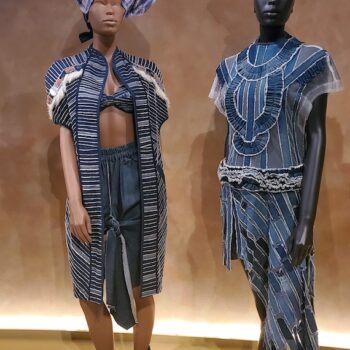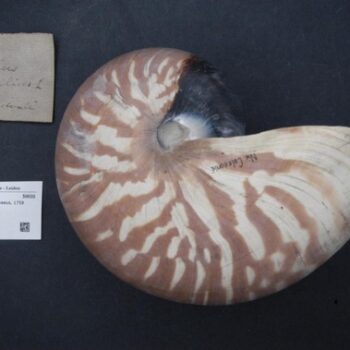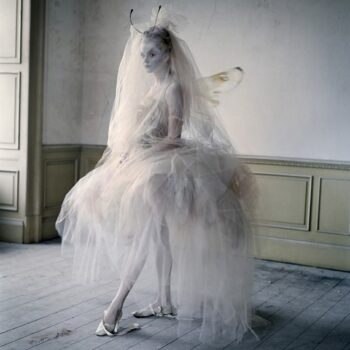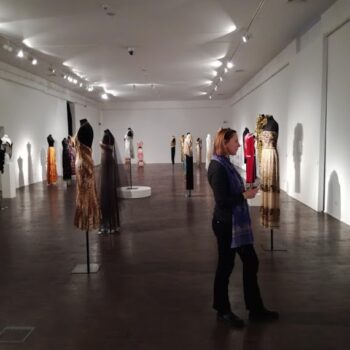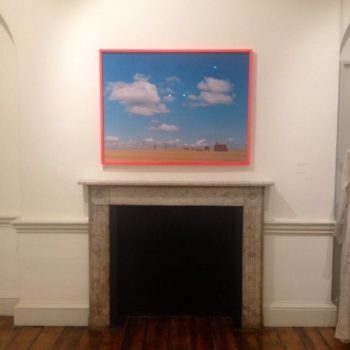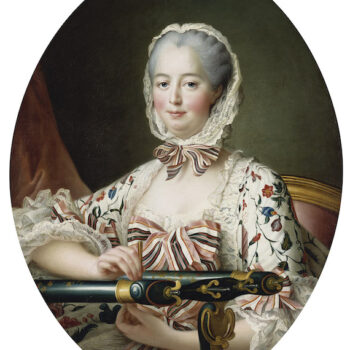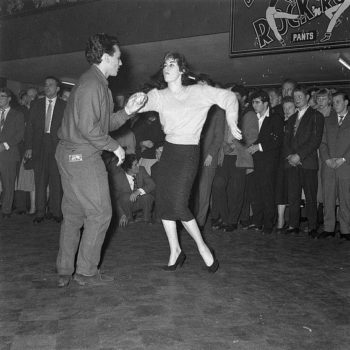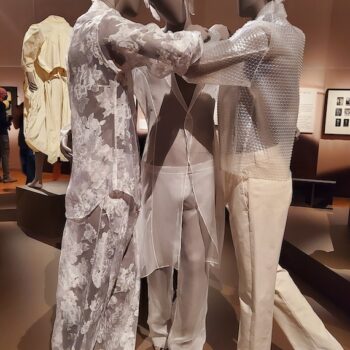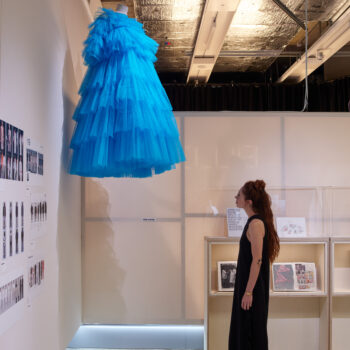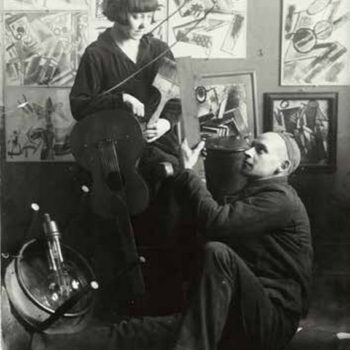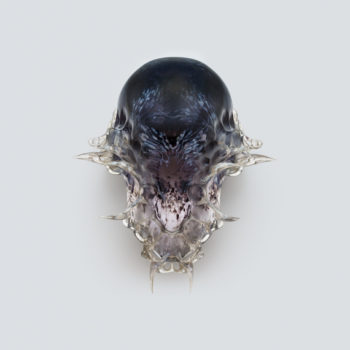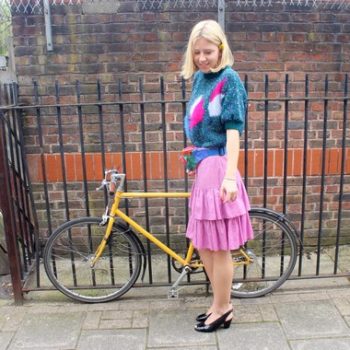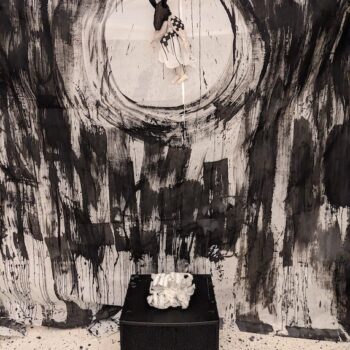The Handmaiden – Review
April 15, 2017The Handmaiden (Ah-ga-ssi) is loosely based on Sarah Waters’ best selling 2002 novel Fingersmith. The BBC made a two part version of it back in 2005 – it was great, and along with the even more popular Tipping the Velvet (1998), another Waters bestseller and BBC adaptation, is known as a much loved lesbian classic.
The book is a grippingly twisty story, set in Victorian England, about a rather innocent and sweet thief, Sue, brought up in a jolly Dickensian house of petty criminals in the back streets of London. She is sent to be a ladies maid to Maud, a woman who has been brought up by her uncle, sequestered in a grand and lonely house in the English countryside.
The band of thieves plan for Sue to join with another criminal, Gentleman, in tricking the lady out of her fortune. But things don’t go to plan because, without revealing too much, Maud isn’t quite so innocent as she seems and also, romance happens.
The BBC stuck pretty closely to this story.
The Handmaiden – a rather different kettle of fish
But the action of The Handmaiden is moved to 1930s Korea and its director, Park Chan-wook, is known for his bizarre and gory horror films, (Oldboy (2003) was one of his), not for his romantic costume dramas. So one thing you should know, and its not spoiling the story to tell you this, is that an unexpected, not to mention unnecessary, torture scene happens.
And the other is that moving the setting in the Handmaiden gives the costume directors a field day to dress the actors in a stunning array of lush costumes that range across Western, Japanese and Korean garments, and seemingly through time too, as the Western garments range from Edwardian style to something more like the 1930s. The gorgeous formal Japanese kimono are timeless, and the Korean clothing, which is worn by the peasants and servants, is a good foil for the high luxury around, although I couldn’t say what period it came from.
A Japanese – English love affair
In the film, this multiculturalism is explained by the fact that the old uncle, Kouzuki, is mad keen for both English things and Japanese. The house in which most of the action occurs is a crazy mixture of English mansion, full of heavy dark wood panelling and grand staircases, and Japanese palace, with sliding paper screen doors and tatami mats. The mistress of the house, here called Hideko, sleeps in a four poster bed.
Our unfortunate handmaiden, Soukhee, sleeps in a Japanese style linen cupboard right outside her door. The creepy uncle, himself Korean, loves Japan so much that he married a Japanese woman, and later took in and brought up her Japanese niece when her mother dies giving birth to her.
This child is Hideko, who grows up in the grand house all alone after her beloved aunt hangs herself when Hideko is still a child. Her uncle brings her up strictly but dresses her lusciously in all the fashionable clothes she could want. When Hideko marries she will inherit a fortune, so Kouzuki’s care of the girl is not entirely altruistic. He intends to marry her himself at the right time.
His one sartorial rule is that she must wear gloves to protect her hands at all times, for Hideko’s job is to read the ancient manuscripts he has in his library. Not only to read them but to perform them to a select audience. Of course, the manuscripts are of a very special nature….
The Handmaiden – Gorgeous kimono
When Hideko does a reading in the Handmaiden, she is dressed in full Japanese kimono, with lacquered geisha style hair and makeup. She and her aunt have several – a green brocade figured in black is particularly striking, especially with the added menace of black leather gloves, an accessory that is not usually part of a geisha’s costume.
The rest of the time, Hideko’s wardrobe is Western. It may be that she is wearing her Aunt’s outdated clothes, for when we first see her in the daytime she is all in white flounces – an elegant Edwardian blouse and neat floor length skirt. In the 1930s, floor length skirts were certainly not in fashion, and neither were the tightly laced corset that she is later revealed to wear beneath. Actually she wears the corset with a modern bra, a combination probably not seen until the modern fetish scene, so perhaps we need not place too much emphasis on accuracy in the costumes.
What is true is that Hideko with her pale face and black hair looks absolutely ravishing in her picture hats, her elegant up-does, and her silky evening gowns, always finished with the ubiquitous leather gloves.
The Handmaiden – Traditional Korean garments
Meanwhile Sookhee’s journey in the Handmaiden is different. We first encounter her in her very best outfit, travelling to become a handmaiden in Korean costume of a short yellow silken jacket with a wrap front, over white blouse and long blue pleated skirt. Her hair is in a simple, neat plait and in it is an enamelled pin. Flashbacks show her in rougher attire, drab clothing of creased nubby cotton and frizzy hair. All of this is swapped for a neat servants outfit.
The shape stays the same, with the short wrapover jacket and white undershirt which peeks beneath, and long skirt, this time in a colour scheme of unobtrusive blue and white. Later, she tries on her mistresses’s clothing, starting with being allowed to have a pair of her stompiest shoes. This is great, because Sookhee really loves to stomp.
A luscious look
Later on, both women pop into modernity and even wear trousers – both womens and mens. And they also spend a fair amount of time blissfully naked, which in Chung Chung-hoon’s luscious photography seems like a costume all of its own.
Park Chan-wook said that he wanted to shoot on real, as opposed to digital, film. Failing that, he at least got his wish for an anamorphic lens, which gives The Handmaiden cinematic intensity and draws you in so that its two and a half hour running time rarely feels like a stretch.
Recommended.
The Handmaiden is on general release from April 18th.




